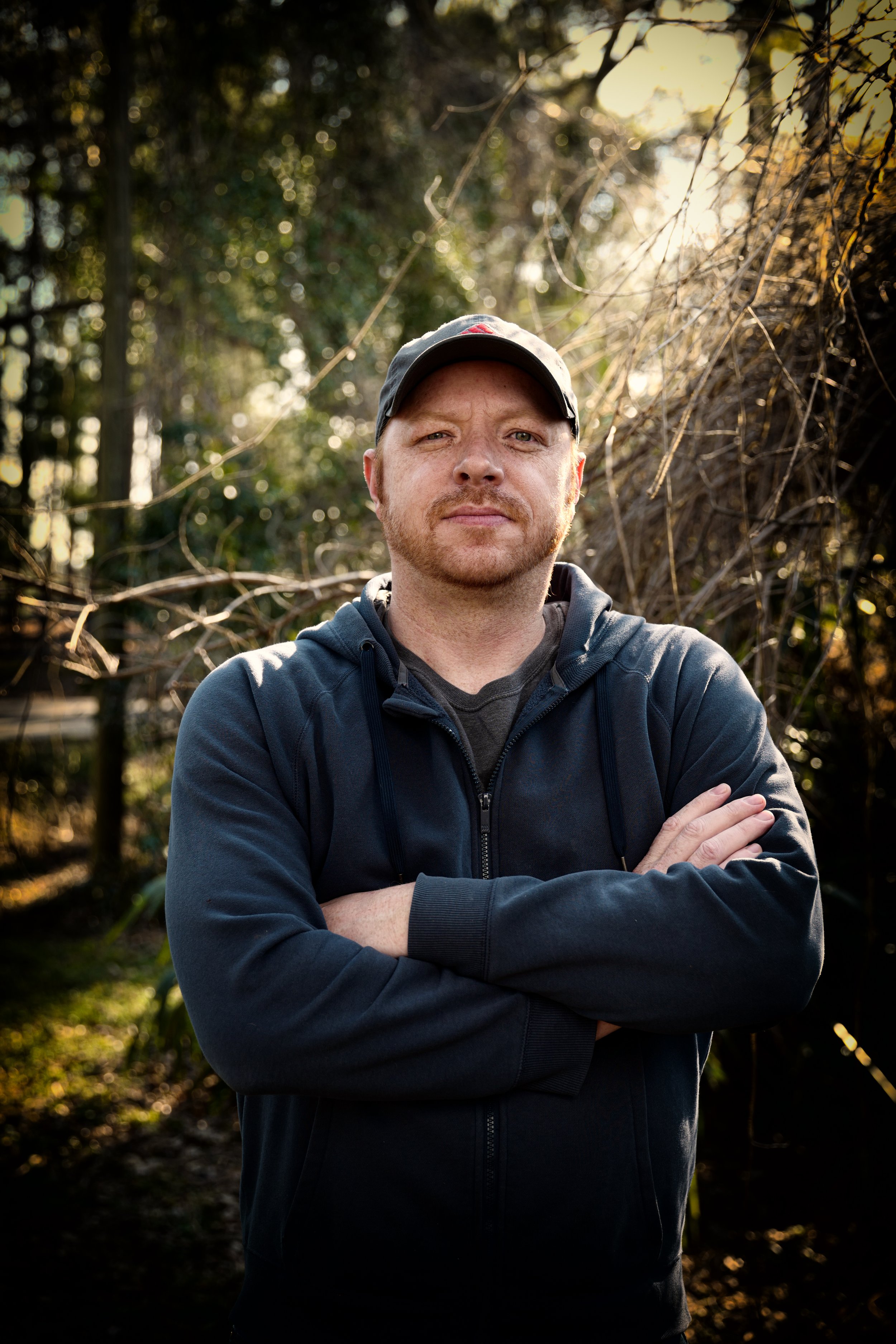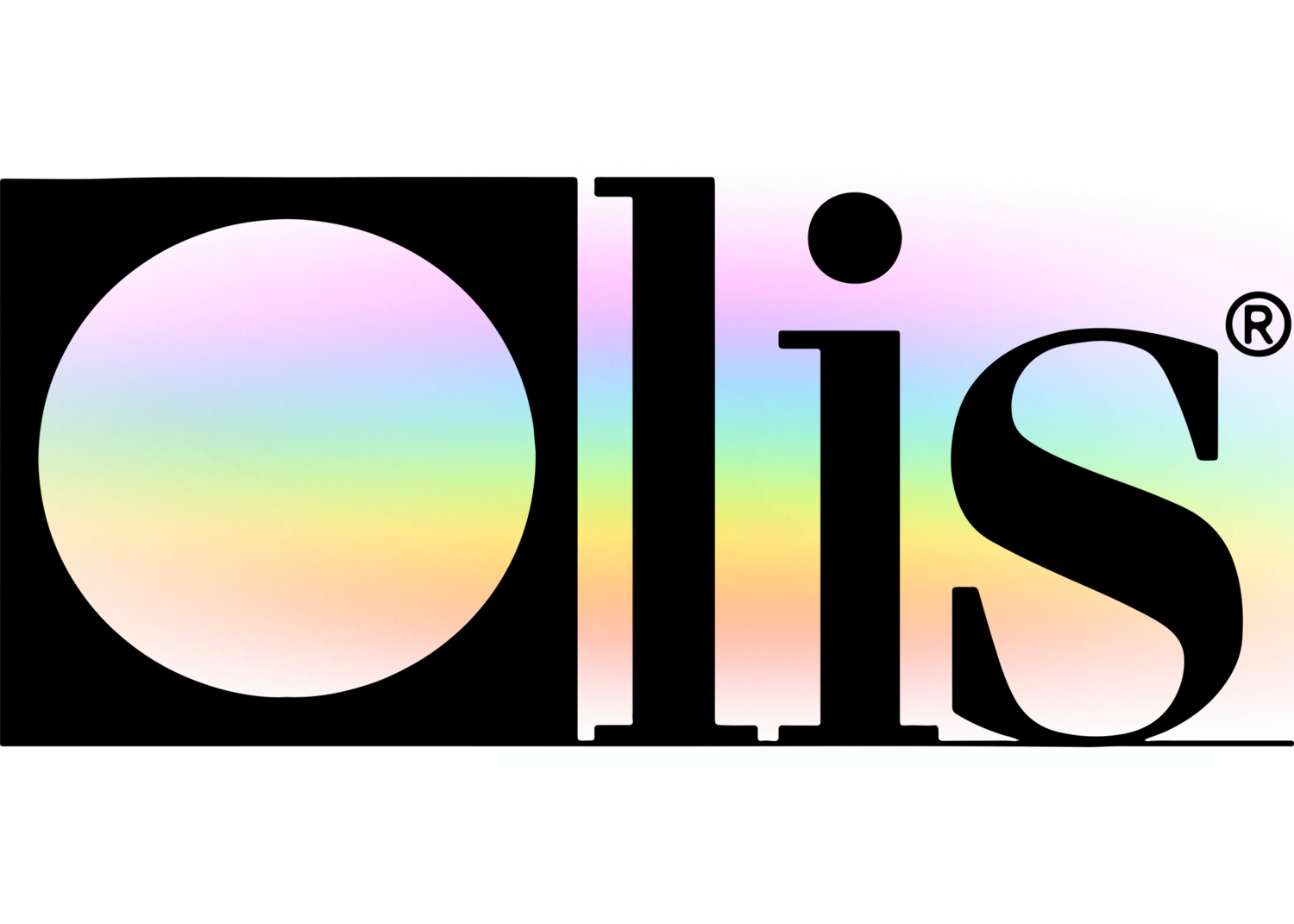Uv/vis/nir Can Be Fun For Everyone
Uv/vis/nir Can Be Fun For Everyone
Blog Article
The Best Strategy To Use For Uv/vis/nir
Table of ContentsThings about SpectrophotometersThe Uv/vis Statements10 Simple Techniques For Circularly Polarized LuminescenceAll About Uv/vis/nirAbout Spectrophotometers

Spectrophotometry is a tool that hinges on the quantitative analysis of molecules depending on how much light is absorbed by colored compounds.
All about Uv/vis
A spectrophotometer is frequently used for the measurement of transmittance or reflectance of services, transparent or opaque solids, such as refined glass, or gases. Numerous biochemicals are colored, as in, they take in visible light and for that reason can be measured by colorimetric treatments, even colorless biochemicals can frequently be converted to colored compounds suitable for chromogenic color-forming reactions to yield substances appropriate for colorimetric analysis.: 65 Nevertheless, they can likewise be designed to measure the diffusivity on any of the noted light varieties that normally cover around 2002500 nm utilizing different controls and calibrations.
An example of an experiment in which spectrophotometry is used is the decision of the balance constant of a service. A particular chain reaction within a service might take place in a forward and reverse instructions, where reactants form products and items break down into reactants. At some point, this chain reaction will reach a point of balance called a balance point.
What Does Circularly Polarized Luminescence Do?
The amount of light that goes through the service is indicative of the concentration of certain chemicals that do not permit light to pass through. The absorption of light is because of the interaction of light with the electronic and vibrational modes of molecules. Each type of molecule has a specific set of energy levels connected with the makeup of its chemical bonds and nuclei and therefore will absorb light of specific wavelengths, or energies, resulting in special spectral homes.
They are extensively utilized in numerous markets including semiconductors, laser and optical production, printing and forensic assessment, as well as in laboratories for the study of chemical compounds. Spectrophotometry is often utilized in measurements of enzyme activities, determinations of protein concentrations, determinations of enzymatic kinetic constants, and measurements of ligand binding reactions.: 65 Eventually, a spectrophotometer is able to determine, depending on the control or calibration, what compounds are present in a target and precisely how much through estimations of observed wavelengths.
Developed by Arnold O. Beckman in 1940 [], the spectrophotometer was produced with the help of his associates at his business National Technical Laboratories founded in 1935 which would end up being Beckman Instrument Business and ultimately Beckman Coulter. This would come as a solution to the previously developed spectrophotometers which were unable to soak up the ultraviolet correctly.
How Circular Dichroism can Save You Time, Stress, and Money.
It would be discovered that this did not provide satisfactory results, therefore in Model B, there was a shift from a glass to a quartz prism which permitted much better absorbance results - circular dichroism (https://www.4shared.com/u/FvsNFVfH/julieanndesalorenz30606.html). From there, Design C was born with a change to the wavelength resolution which wound up having three units of it produced
It irradiates the sample with polychromatic light which the sample soaks up depending upon its properties. Then it is transferred back by grating the photodiode array which spots the wavelength area of the spectrum. Ever since, the development and execution of spectrophotometry gadgets has increased immensely and has actually turned into one of the most innovative instruments of our time.

The Of Spectrophotometers
Historically, spectrophotometers next page utilize a monochromator containing a diffraction grating to produce the analytical spectrum. The grating can either be movable or repaired. If a single detector, such as a photomultiplier tube or photodiode is used, the grating can be scanned step-by-step (scanning spectrophotometer) so that the detector can measure the light intensity at each wavelength (which will correspond to each "action").
In such systems, the grating is fixed and the strength of each wavelength of light is determined by a different detector in the selection. In addition, most contemporary mid-infrared spectrophotometers use a Fourier change strategy to get the spectral information - https://pastebin.com/u/olisclarity1. This method is called Fourier change infrared spectroscopy. When making transmission measurements, the spectrophotometer quantitatively compares the fraction of light that travels through a recommendation solution and a test service, then electronically compares the intensities of the 2 signals and computes the portion of transmission of the sample compared to the referral standard.

Report this page